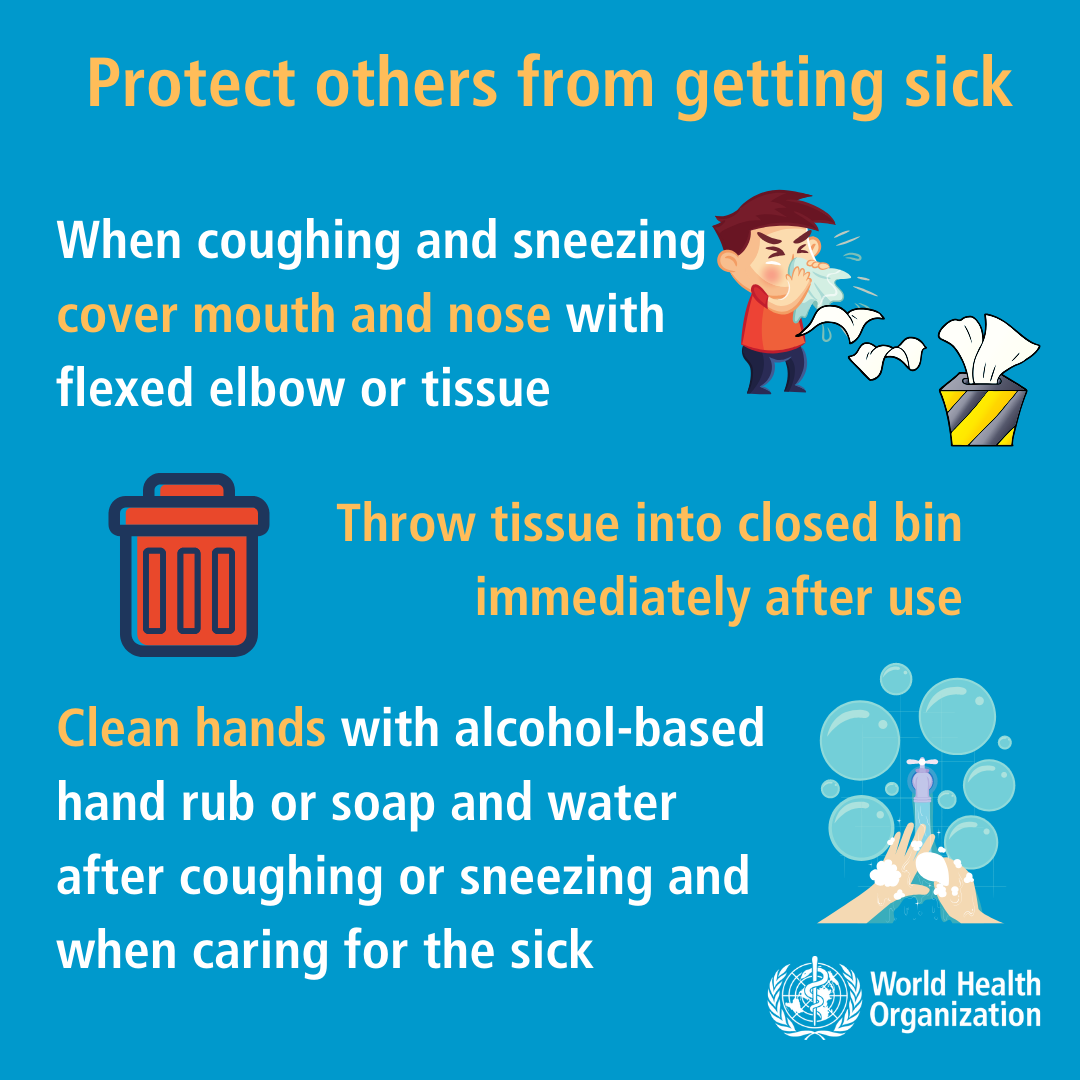|
COVID-19 and our economy
Forced business closures and stay at home lockdown have been very successful at reducing the spread of COVID-19. However, forced business closures have had a huge impact on our economy.
In 2007, researchers from the NIH, the Department of Veterans Affairs and Harvard published a landmark paper on the 1918 influenza pandemic.
They studied 17 US cities to learn how each city used public health campaigns to fight the 1918 flu outbreak.
The good news is, each city was very successful at reducing deaths from the 1918 flu.
- Each city used a slightly different public health campaign composed of different interventions. The list of possible interventions included forced business closures, isolation and quarantine, bans on public gatherings, closure of gathering places, reducing crowding on public transport and other individual-level personal behaviors (mask use, hygiene etc).
However, the bad news is, when these public health campaigns were stopped, deaths from flu always increased again!
- Furthermore, cities with the lowest death rates before starting their public health campaigns also had the largest second waves of deaths!
- In other words, cities that have been most successful at preventing a COVID-19 outbreak may actually be at higher risk of more deaths after stopping their public health campaigns.
The solution
This landmark study from 2007 clearly showed that public health campaigns based on multiple interventions can reduce the spread of a disease like COVID-19.
In 1918, most cities kept their public health campaign running for 2 to 8 weeks, then stopped everything all at once.
- Stopping everything all at once always led to a second wave of increased deaths from the flu.
The most recent COVID-19 Strategy Update from the WHO suggests we may be safe if we gradually reduce our public health campaigns, one intervention at a time.
Because forced business closures have had a huge impact on the economy, most states are considering re-opening most businesses soon.
But if this change results in a major second wave of deaths, businesses may be forced to close again.
To prevent a second wave of deaths, when businesses are re-opened it becomes even more important to make sure all other public health interventions remain in place.
- Isolation and quarantine, bans on public gatherings, closure of gathering places, reducing crowding on public transport and other individual-level personal behaviors (mask use, hygiene etc) can help prevent the spread of COVID-19. But only if we accept them as an important part of our daily lives!
There may be 2 to 3 week gaps between each restriction that is lifted. It may take a while before life returns fully to normal. Please be patient and do your part:
- Make sure your employer continues preventive measures in your workplace.
- Because your community may still have sporadic cases or clusters of cases, the elderly may still be at high risk: Do not visit elder care homes and do not start visiting your elderly relatives or neighbours.

- When you are out in public, you must: 1) avoid large gatherings, 2) maintain social distancing (1 to 1.5m from all strangers), 3) resist touching your face, 4) wash your hands frequently and 5) practice good respiratory hygiene.



- If you have a cough or a cold, wear a mask when you go outside.



On 14 April the WHO released a COVID-19 Strategy Update here. On 24 April, the WHO released atechnical guidance document here. They provide guidance as to when and how restrictions should be lifted using a phased or stage process. Please read the complete documents.
[ Back to EBDM Main page ]
Any questions or comments please contact Gordon.Doig@EvidenceBased.net
Privacy Policy
Page last modified on Friday 1 May 2020.
|























